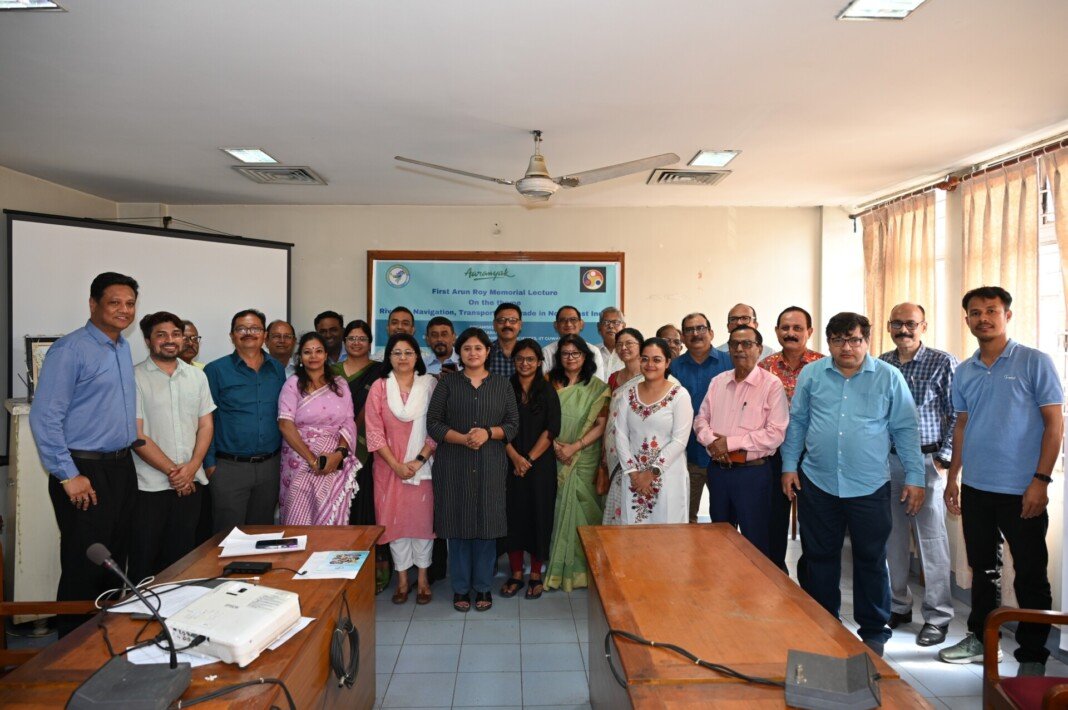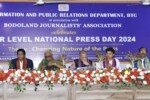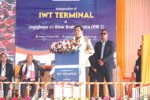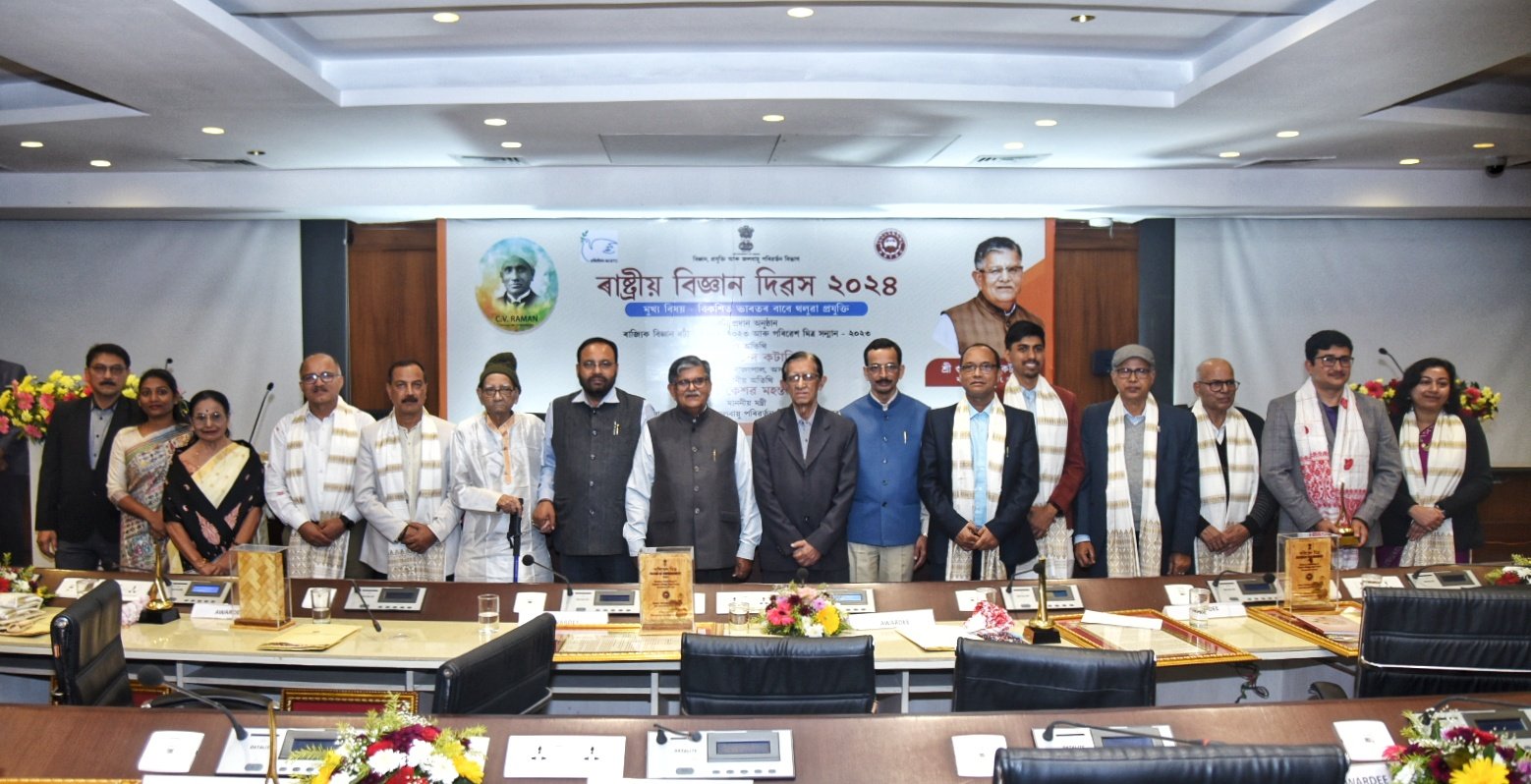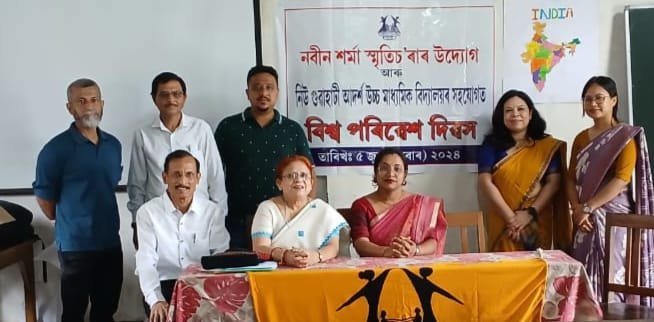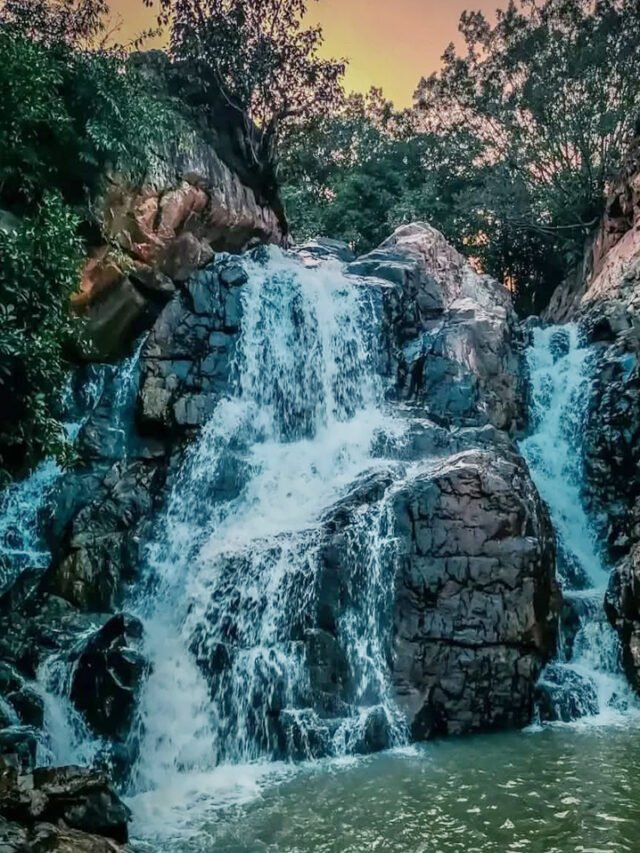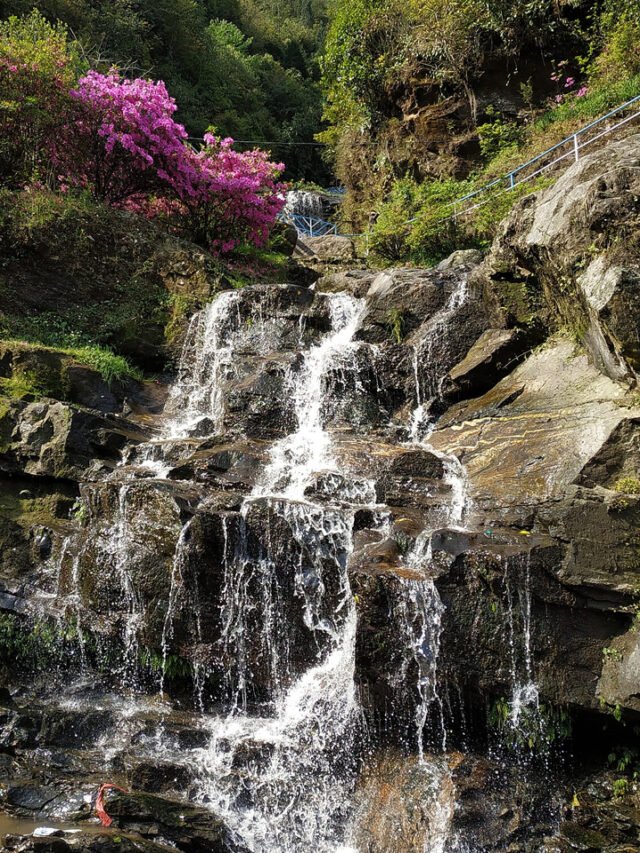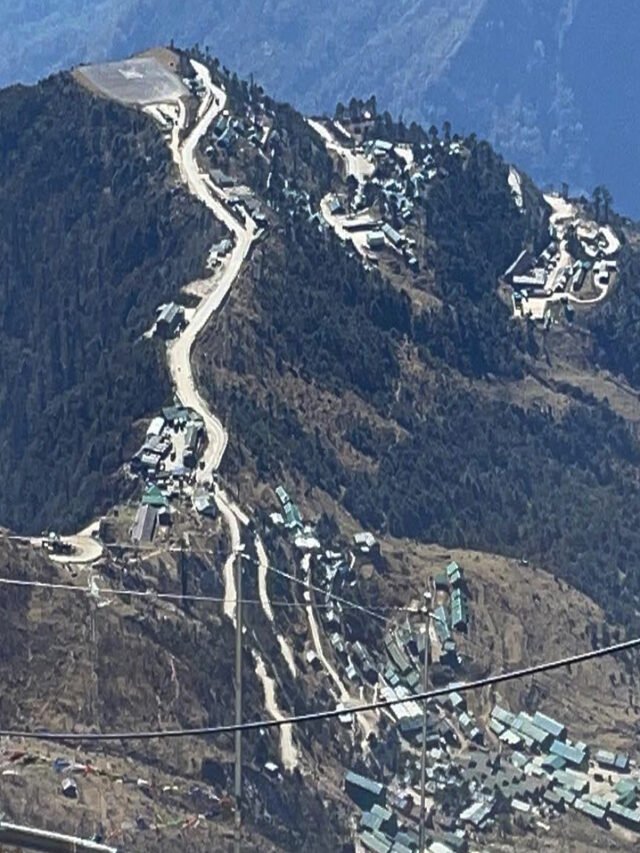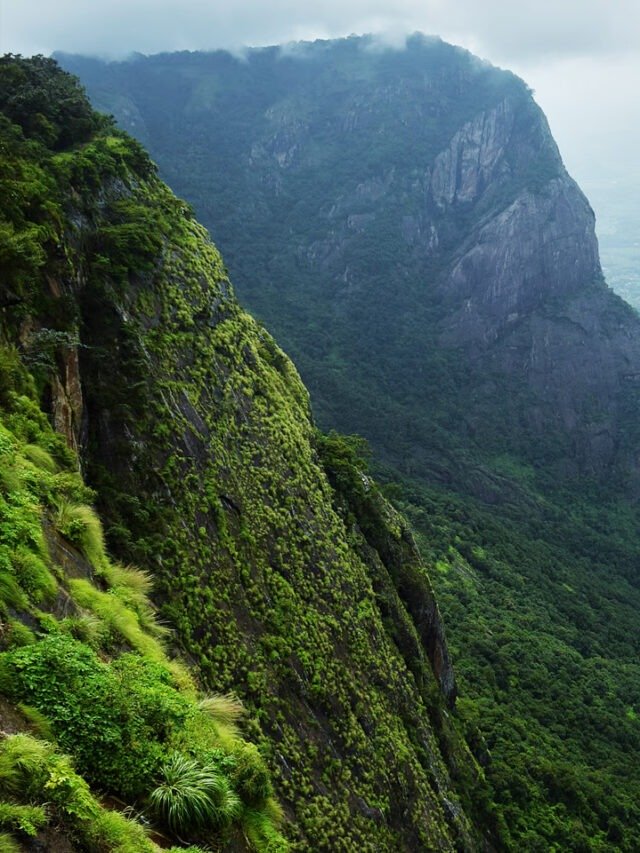HT Bureau
GUWAHATI, July 16: Noted agricultural scientist Dr Veena Vidyadharan delivered the inaugural Arun Roy Memorial Lecture on ‘Inland Water Transport: Challenges and Opportunities in the Context of the Brahmaputra’. The lecture program was organised jointly by Aaranyak, the department of Humanities and Social Sciences at IIT Guwahati, and the Northeast India Water Forum (NIWaF) at the Conference Hall, Institution of Engineers, Assam State Centre.
She discussed the significance of National Waterway 2 (the Brahmaputra) and NW-16 (the Barak), providing insights into current trade dynamics between India and Bangladesh via these rivers. Dr Vidyadharan emphasised the challenges facing these initiatives and proposed recommendations to enhance the inland water transport (IWT) sector in Assam, promoting trade and livelihood opportunities.
She also highlighted recent bilateral cooperation between Bangladesh and India in the Brahmaputra and Meghna river basins, particularly noting the Memorandum of Understanding (MoU) on coastal protocol routes for riverine transit and trade.
Dr Veena Vidyadharan is a fellow at the CUTS Centre for International Trade, Economics & Environment (CUTS CITEE), known as CUTS International, a think tank based in Jaipur, India. Trained as an agricultural scientist, Dr Vidyadharan has about 20 years of experience in research and project management related to agriculture, climate change, connectivity, transboundary water governance, regional integration and livelihoods, and food security, all with a focus on gender.
She has been consistently working on issues of inland navigation and transboundary riverine trade. Dr Vidyadharan carried out several studies in collaboration with the late Arun Roy. Roy (1954-2021) was considered one of the foremost experts on river engineering and inland waterways transport operations in India. He had vast knowledge about the history of water transport and commerce development in the India-Bangladesh region, especially Assam, covering mainly the Brahmaputra and the Barak (Meghna). He was also an accomplished expert on ship-making. Roy served in the Inland Waterways Authority of India (IWAI), where he held important positions like chief engineer and director for the north-eastern region at the Guwahati office at Pandu Port. He joined the IWAI in August 1987 and retired in November 2014 after a distinguished 27-year career.
The program began with a welcome address by Prof Anamika Barua, department of Humanities and Social Sciences, IIT Guwahati. Prof Barua provided the background of the collaborative initiative of the three organisations to commemorate the contributions of the late Roy to inland water transport and trade in north-east India.
Dr Partha J Das, head of the water, climate, and hazard division at Aaranyak, spoke about the life and remarkable achievements of the late Roy in river engineering and riverine transport and trade, followed by a floral tribute. Dr Das then introduced Dr Vidyadharan, the invited speaker of the event.
After the commemoration session, Dr Vidyadharan and Prof Barua were felicitated, followed by self-introductions from over 30 participants. An open house discussion followed the lecture, where Dr Vidyadharan’s points and other dimensions of the IWT sector were discussed. The intense deliberations touched on the navigability of rivers, flooding, erosion, the transboundary nature of rivers, climate change, river geomorphology, government policies, and how these factors affect the potential of river transport projects. The discussion was moderated by Er Anup Kumar Mitra, president of NIWaF.
The program ended with a vote of thanks by Er PP Changkakati, executive president of NIWaF. Dr Partha J Das, on behalf of the organisers, declared their intention to continue the Arun Roy Memorial Lecture on ‘Riverine Navigation, Transport, and Trade’ in north-east India in the future. This aims to commemorate the late Roy’s contributions to the IWT sector and develop a sound discourse on sustainable navigation in Assam’s rivers, benefiting river conservation, socio economic development, tourism expansion, and livelihood generation through improved IWT infrastructure and services.


